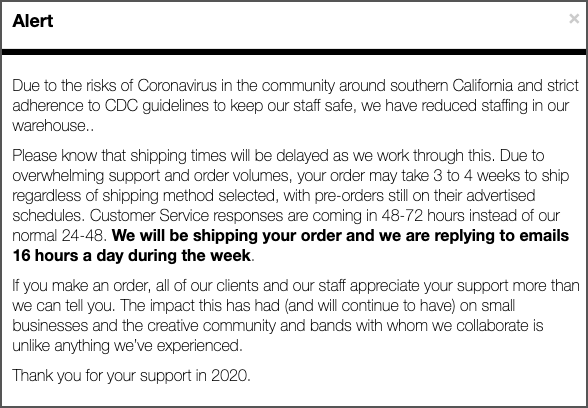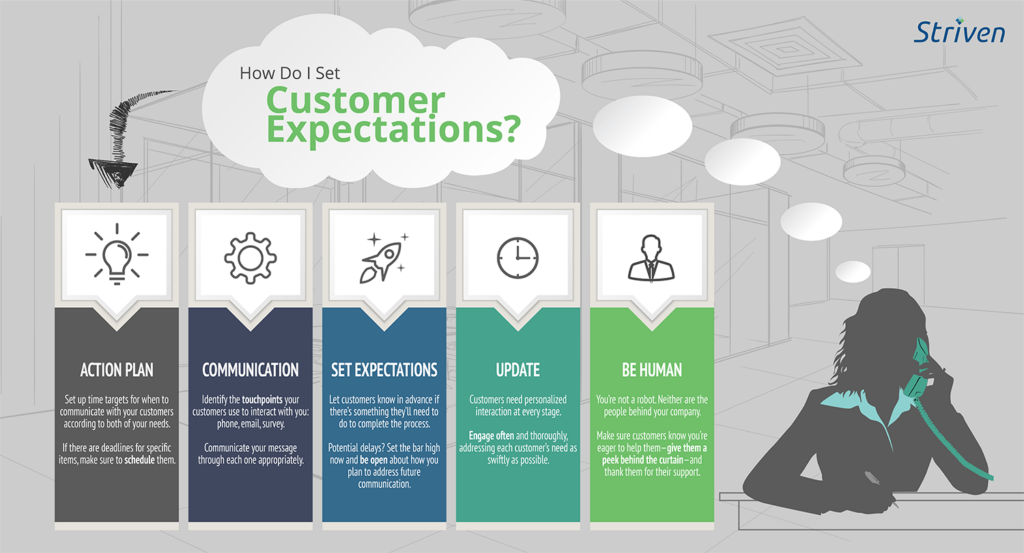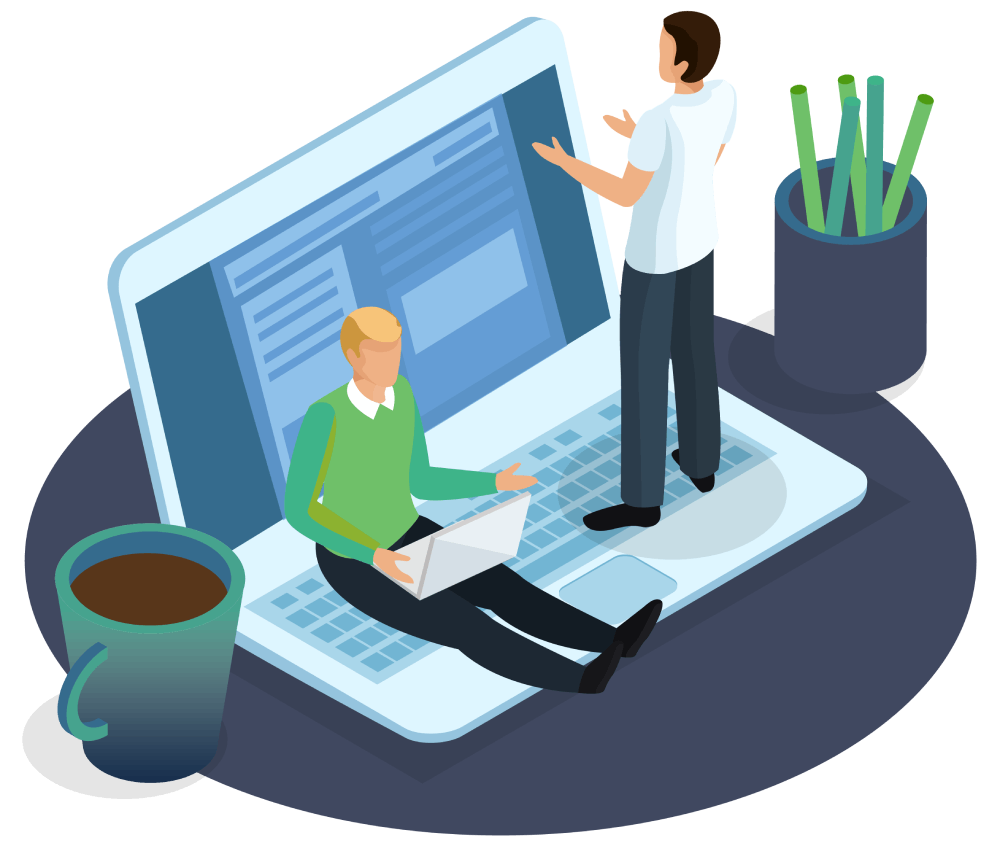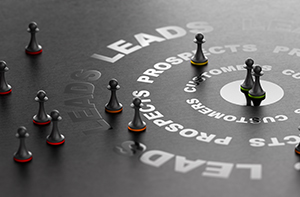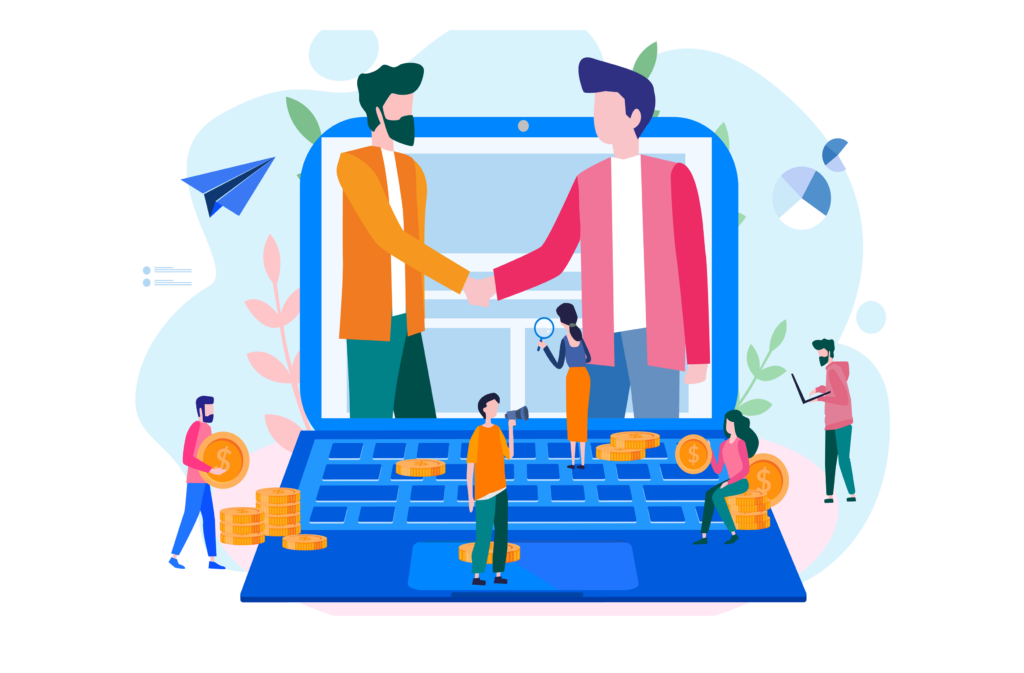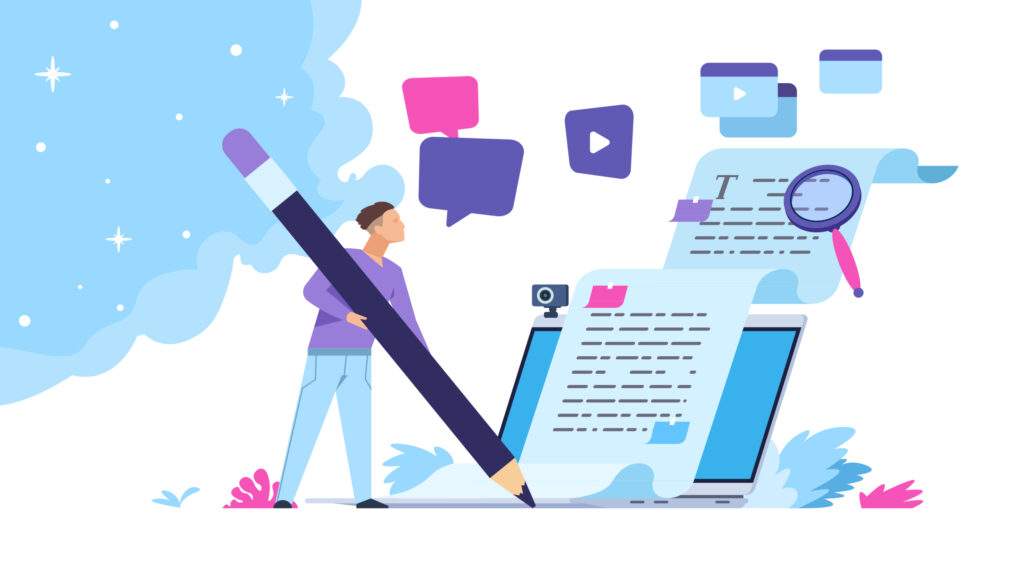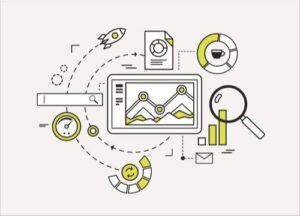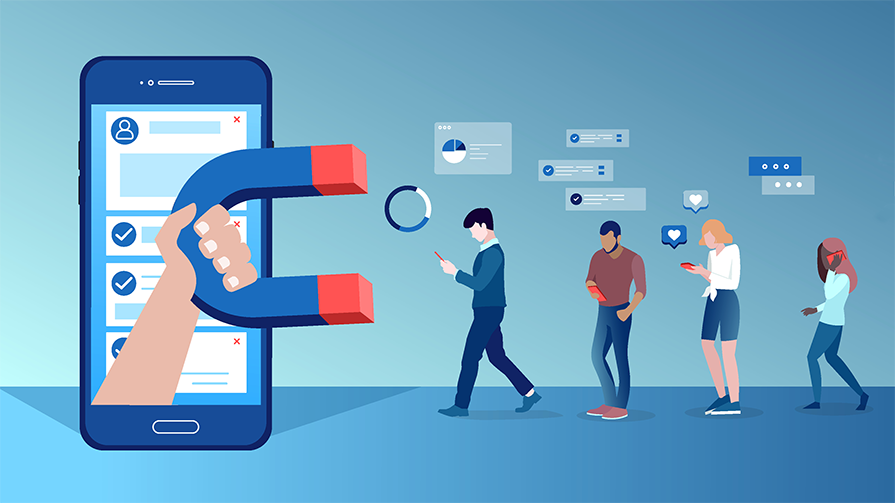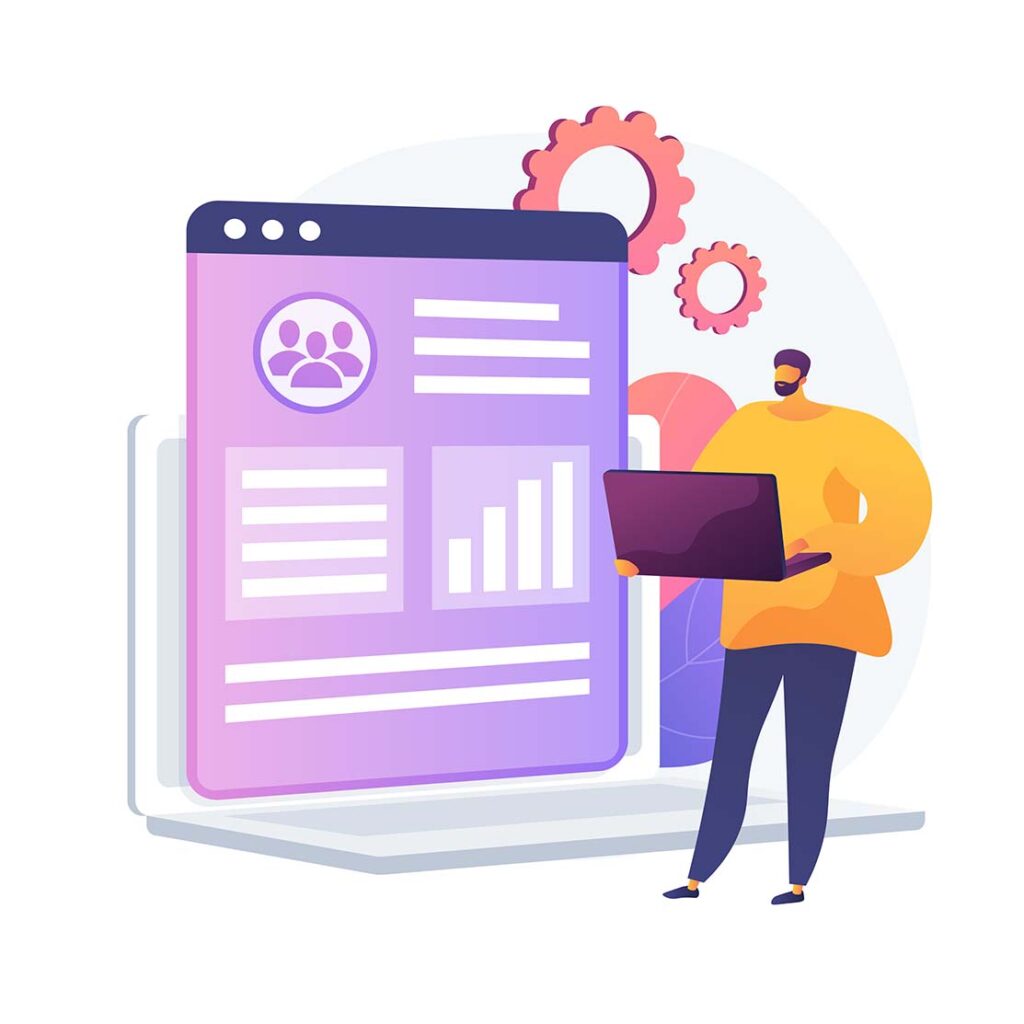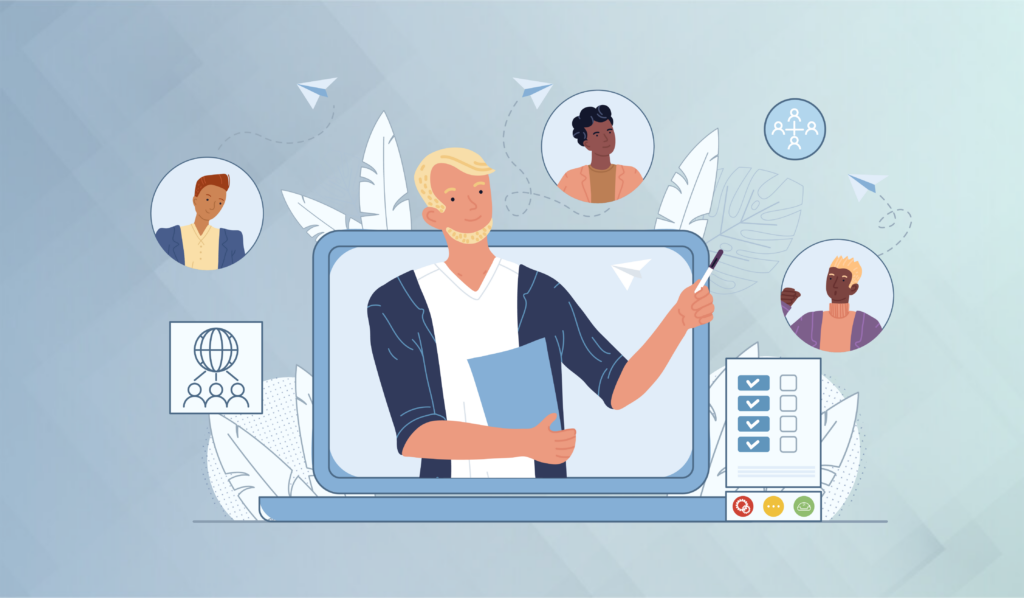Well, here we are. By now, you’ve developed your fair share of new habits. Your customers have too. Like it or hate it, it’s been unavoidable. Seeing that we lack the ability to time travel, only one option remains—to march onward. To do that, you and your business need to start by addressing the elephant in the room: COVID fatigue.
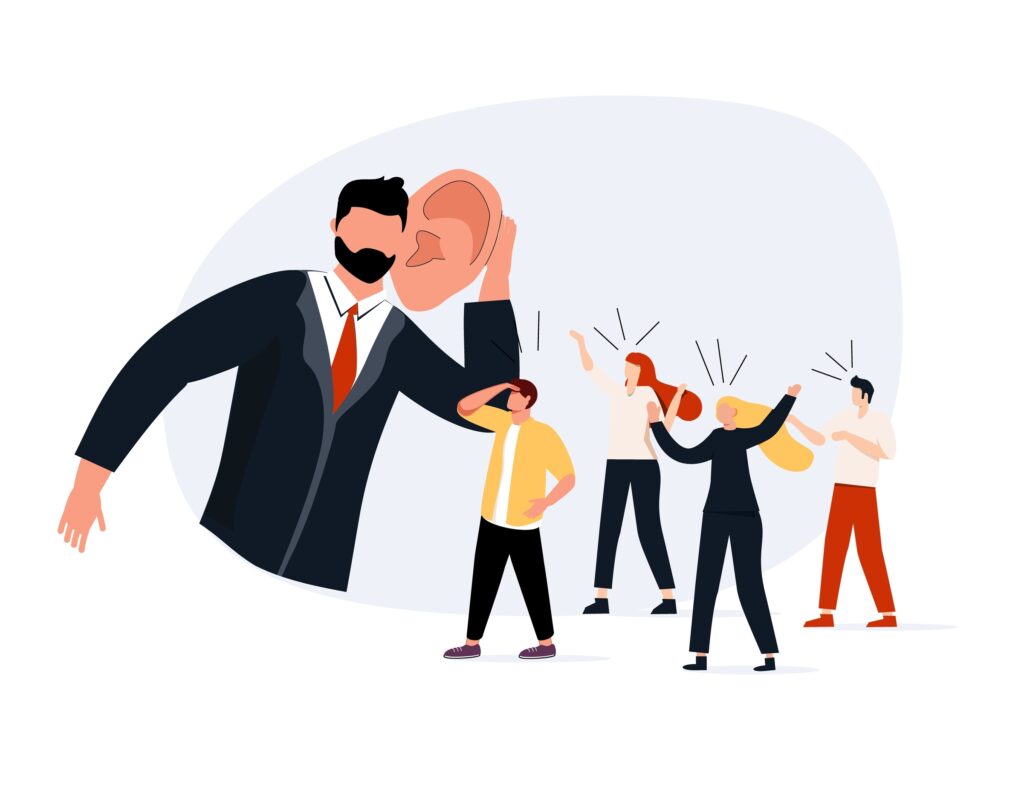
You’re tired of being cautious and concerned about every minute detail of, well, everything. From anxiety to anger and everything in between, you’ve felt it all. It affects interns and CEOs alike. (Don’t forget blog writers, too.) Everyone handles similar hardship in different ways. Despite the global pain and hardship, there’s something to be said about the spirit of resiliency arising from this moment—when we go through tough times together, it brings us closer.
Let your customers know you’re there for them, and they will reciprocate. As a unified front, you and your customers can not only survive this new climate, you can help shape it. Prepare to rush once more unto the breach, dear friends, because tough times can be conquered—as long as your business and your customers are in it together.
Your Customers Need To Be Heard
Odds are, your business looks little like it did at this point last year. Change is inevitable—but sometimes it is forced upon us. Businesses that have thrived during the COVID-19 pandemic have shared several commonalities. But these commonalities, in many ways, have nothing to do with their products or services.
During tumultuous times, communication is king—in life and in business. Successful businesses have been able to maintain an honest, productive dialogue with their customers. People respond well to being reassured that their needs are being met, and this is especially true when it comes to personal safety. As the world navigates through uncharted waters, make sure your customer knows you’re there for them. Delivering clear, concise, and empathetic messaging will make all of the difference.
Your product may be superior, but don’t hang your hat on that alone. If the message you are delivering to your customers lacks an empathic and compassionate tone, your customers may begin to look elsewhere. Start by acknowledging and understanding the issues that your customer is going through. Routinely ask your customers what their concerns are, and monitor your business’s data to assess if there are any recurring issues that need to be addressed.
Importantly, if you find issues, take action.
The takeaway here: show your customers you care about them. Take the time to connect with them on a personal level. Those extra few minutes personalizing an order or chatting from your business’s Facebook page will go a long way to retaining their business. As their priorities change, yours must change with them.
“Be Water, My Friend”
Over half a century ago, I don’t imagine that Bruce Lee foresaw himself being mentioned in a 21st century, mid-pandemic business tech blog. Nevertheless, his insights are as relevant as ever.
Water is fluid and ever-changing—it takes the shape of its surroundings. It adapts, moves quickly, and makes sure that every crevice is filled. It goes with the flow. Just like water, your business needs to be constantly evolving to fit the world around it.
Since the onset of COVID-19 in the United States, 75% of consumers have tried a new store, brand, or different way of shopping. While these new spending habits were born out of necessity, many people began to willingly change their long-held beliefs about what products and services they were loyal to.
As a business owner, now is the time to take control of your business’s narrative. As new customer habits emerge, reinforce them—stay on top of the trends that will keep your brand in the forefront of your customer’s psyche. Monitoring, understanding, and acting in service of the shifting habits of consumers in your industry will allow you to stay ahead of the curve.
Invest In Your Future
As you plan for the remainder of the year and beyond, you’ve undoubtedly taken a broader and more detailed look at your business’s future than ever before. This year has ushered in the rethinking of your supply chains, customer transactions, and overall business plan. Your business model has always accounted for market disruptions, but referring to 2020 as a standard “disruption” is a dire understatement.

The only real constant is change—you should embrace this opportunity for change with open arms. Keeping ahead of the curve is key to the future resiliency of your business. As your business adapts and grows, utilize technology to facilitate that growth.
“Companies need to leverage a systematic approach to strengthen the resilience of their current business models to ensure their ongoing operation during COVID-19,” says Daniel Sun, VP Analyst, Gartner. “CIOs can play a key role in this process, since digital technologies and capabilities influence every aspect of business models.”
Digital technologies influence every aspect of your business model, and almost every aspect of people’s lives at the moment. Make sure that your business follows suit. Even if you are operating from a brick-and-mortar establishment right now, advertising, customer service, and—most importantly—transactions can and should be more easily handled via a streamlined, virtual process.



